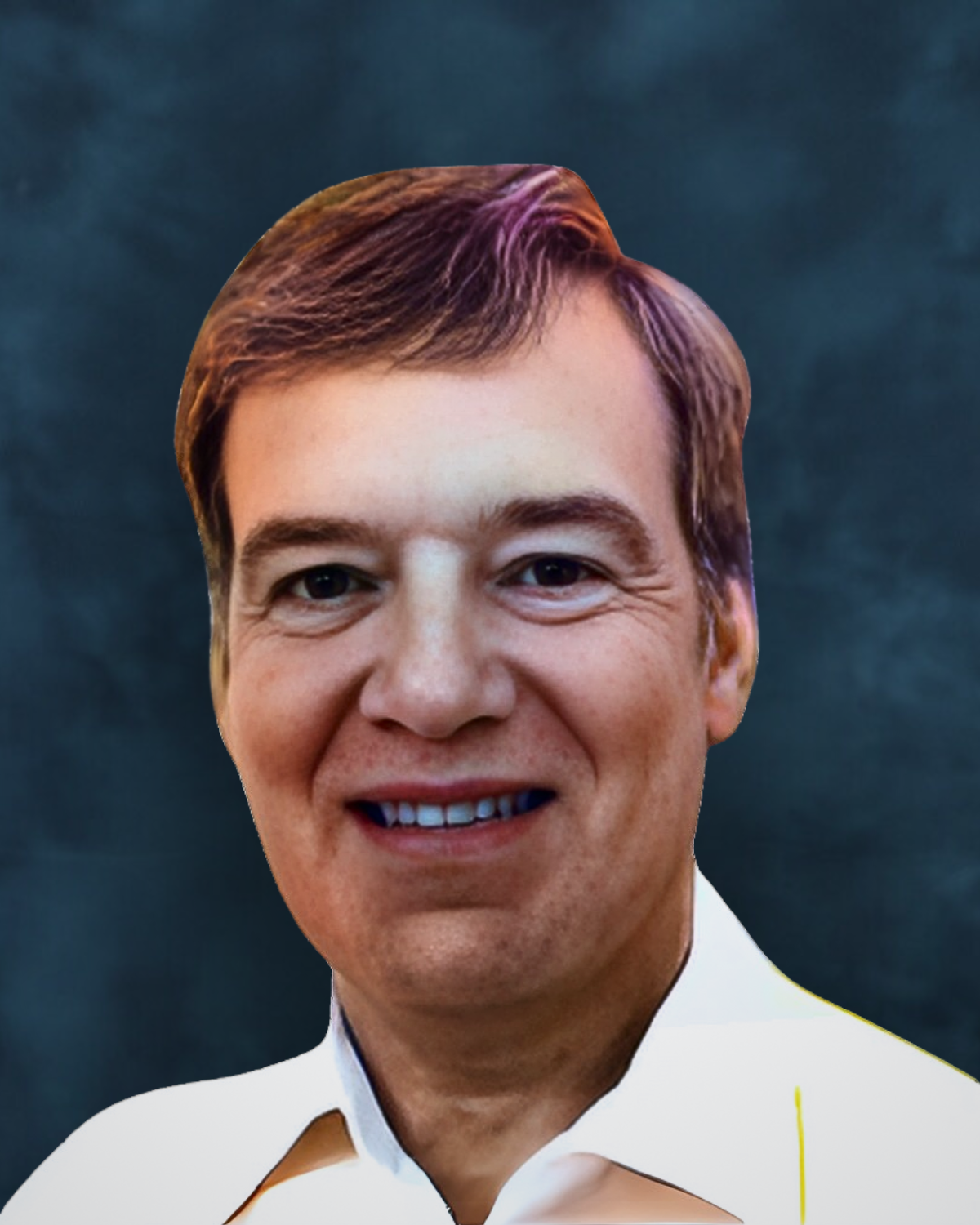From oil & gas to decarbonization, Tim Podesta shares insights on front end planning, risk, and how to guide teams toward better project outcomes.
As part of Valency’s Facilitator Spotlight series, we’re showcasing our Senior Consultants and their experience in capital project delivery. In this first edition, meet Tim Podesta, who brings over three decades of experience in project assurance, risk management, and front-end planning.
Tim’s career spans oil, gas, petrochemicals, and energy, evolving alongside the industry’s shift toward decarbonization. His expertise in structured planning and facilitation has helped organizations mitigate risk and achieve stronger project outcomes. His approach? Start with the right project—then execute it with precision.
Introduction
When speaking with Tim, one thing is clear: he brings deep, hands-on experience to capital projects. Over the past three decades, he has worked across industries guiding teams through the complexities of front-end planning, risk assessment, and project execution.
But if you ask him to sum up his work, he keeps it simple:
“Help clients choose the right project—and do it right.”
Behind this philosophy lies a depth of expertise in engineering, commercial strategy, stakeholder alignment, and benchmarking. From overseeing large-scale energy projects to leading PDRI workshops that drive measurable improvements, Tim’s insights continue to shape better decision-making and project success in an evolving industry.

A Journey That Began Before Valency
Tim’s story with Valency actually predates the company itself. In 2010, Tim was working as a Group Project Advisor at BP and involved in research work with the Construction Industry Institute (CII), where he met Sandra MacGillivray, Valency’s Managing Director. The two collaborated on multiple research teams, and when Sandra founded Valency in 2013, it made perfect sense for them to reconnect.
Since then, Tim has been instrumental in delivering Valency’s core services; facilitating workshops, training clients, and supporting Project Definition Rating Index (PDRI) Assessments in the Europe and Asia-Pacific region.
“There are busy months and quiet ones,” he says, “but the past year especially has seen a lot of growth. More organizations are looking seriously at best practices; not just as a checkbox, but as a real foundation for success.”
Project Assurance with Purpose
With 35 years of experience in capital projects, Tim understands that assurance is not about scrutinizing teams or acting as an auditor. Instead, he focuses on helping organizations make strategic decisions, ensuring that projects are both well-planned and successfully executed.
He’s seen how high-stakes industries like oil and gas tend to apply rigorous assurance processes, sometimes to the point of diminishing returns.
“There’s always a risk of over-assurance,” he explains. “When it starts to feel like policing, teams disengage. They go into defensive mode, and that’s when things fall through the cracks.”
“The sweet spot is where rigor meets pragmatism, with facilitators working alongside project teams rather than overseeing them from above.”
Why the Rush?
Tim has observed that whether a company is new to capital projects or has delivered dozens, they often share a tendency: the desire to go faster. However, it is especially prevalent among those new to delivering capital projects.
“Even well-established organizations fall into this trap. They think experience means they can skip steps. But rushing almost always leads to shortcuts—and shortcuts lead to risk.”
This is where PDRI becomes more than just a planning tool. For Tim, it serves as a critical pause, giving teams the structured space to ask the right questions: Have we properly defined the scope? Are our stakeholders aligned? Are we truly ready to execute?
“PDRI doesn’t slow a project down,” he explains. “It actually saves time by identifying gaps early, before they become costly problems.”
Listening and Leading
Facilitating a PDRI Assessment isn’t just about asking technical questions. It’s about managing people. Personalities. Power dynamics. Communication styles. And that, Tim admits, is where the real challenge lies.
“Every assessment is different,” he says. “You’ll get people who want to rush through. Others who sit silently in the background. My role is to listen—to really hear every voice in the room—but also to lead and guide the process so it stays productive.”
The best contributors? “Those who express their views and listen to others. That’s where the magic happens.”
The trickiest? “Those who won’t speak or engage, no matter how you prompt them. But that’s part of the job too, trying to bring out whatever insight might be there.”
Even in Valency’s VAL-102: PDRI Principles and Practices training, where participants engage in interactive mock PDRI exercises with exaggerated role-play, Tim sees real value.
“It’s over the top, sure. But those sessions highlight the very real dynamics facilitators deal with in the field.” The course equips professionals with the skills to lead effective PDRI sessions, ensuring stronger project outcomes from the start.
The New Frontier: Net-Zero Projects
While Tim’s background is rooted in traditional sectors, his current passion lies in decarbonization and hydrogen projects. These initiatives, often tied to broader net-zero goals, come with their own set of complexities.
“The technologies are newer, permitting is more challenging, and there’s often a learning curve,” he explains. “But that just makes best practices even more essential.”
Tim believes project assurance best practices deliver equal, if not greater, value decarbonization projects versus traditional projects. “You’re still reducing risk, increasing operational readiness, and setting up for success during startup and commissioning. With hydrogen, in particular, commissioning is critical.”
By delivering training and staying engaged in what he calls “the new world”—where innovation, policy, and sustainability intersect—Tim remains at the forefront of capital project trends.
A Facilitator’s Philosophy
At the end of the day, what drives Tim is the belief that facilitation isn’t just about process, it’s about people. Listening. Engaging. Challenging assumptions. Helping teams see what they might be missing.
No matter the project—whether in traditional energy or emerging sustainable solutions—his guiding principle remains the same: “Choose the right project, and do it right.”
